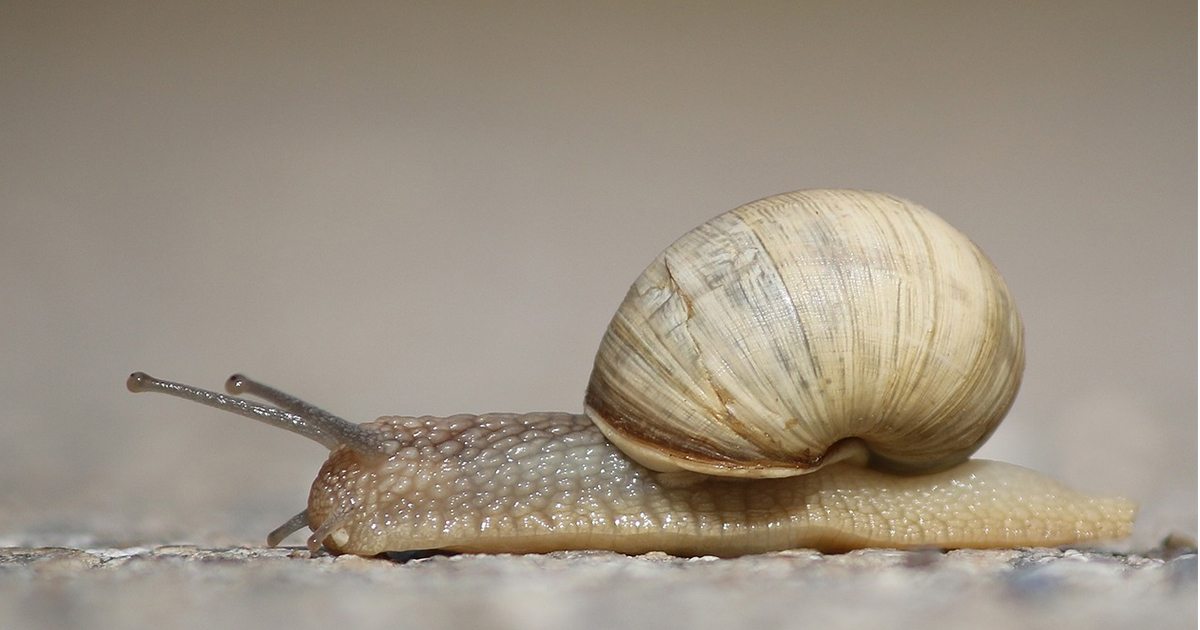Could Creepy Crawlers Someday Be Useful in Mesothelioma Care?

While MesotheliomaHelp has reported numerous times about research that looks to nature, mostly in fruits and vegetables, to bring new treatments to mesothelioma patients, researchers are now looking at shiver-inducing worms and slugs for patient care. In two separate studies, researchers looked to the slimy critters for inspiration in developing medical products that can aid in patient care.
Slug Mucus Inspires Medical Glue
Researchers from Harvard University report that they developed a glue inspired by the slime from slugs that can be useful in surgery, according to July 28 article from the BBC. Trying to find a tissue adhesive, or glue, that can be used instead of stitches or staples on patients, researchers from Harvard University turned to the “Dusky Arion” slug, whose body is covered in a sticky mucus, as guidance.
The challenge of developing an adhesive product that can stick to damp surfaces, such as organs and skin, is flexible enough to move freely and is less damaging to the healthy tissues, had stymied researchers until they discovered the characteristics of slug mucus could be copied.
“We engineered our material to take on the key features of slug mucus and the result is really positive,” said Dr. Jianyu Li, Wyss Technology Development Fellow, Harvard University. “I’m really amazed by this system. We have solved a big challenge and opened up big opportunities in the medical setting.”
The “bio-glue” is incredibly strong, moves with the body and sticks to wet surfaces. According to the researchers the glue is not toxic and is three times stronger than current options, with adhesion occurring within minutes. They indicate that this family of adhesives could be useful for tissue adhesives, wound dressings, and tissue repair.
This finding can be especially useful for mesothelioma patients who undergo surgery as a form of treatment. One option is the extrapleural pneumonectomy, a surgery to remove a diseased lung and its surrounding layer of tissue known as the pleura. The alternative to EPP is the lung-sparing radical pleurectomy/decortication surgery, a complicated surgery that involves stripping away the diseased membrane lining the lung but keeping the lung intact. Both surgeries require extensive incisions that are typically sewn back up – bio glue might be a great alternative.
Wyss Founding Director Donald Ingber, who is also the Judah Folkman Professor of Vascular Biology at Harvard Medical School and the Vascular Biology Program at Boston Children’s Hospital, as well as a Professor of Bioengineering at Harvard SEAS, said of the bio glue:
“Nature has frequently already found elegant solutions to common problems; it’s a matter of knowing where to look and recognizing a good idea when you see one. We are excited to see how this technology, inspired by a humble slug, might develop into a new technology for surgical repair and wound healing.”
The glue has proven effective in the lab on mice and on a pig’s heart, but significantly more research is required.
Read about the Harvard discovery in the July 28 issue of the journal Science.
Worm Could Be Universal Blood Donor
In another study, researchers from France found that the lugworm, a marine worm that burrows in the sand at low tide, has an “extraordinary ability to load up with life-giving oxygen” which may lead to a blood substitute that could save lives.
Researchers from Aquastream, a fish-farming facility on the Brittany coastline, and Hemarina, a French biotechnology company centered on the development of universal marine oxygen carriers, have partnered in this unique venture to find a way to harness the blood from the lugworm. This is the first collaboration into the medical use of lugworms. The companies must find a way to grow and harvest the worms, as well as finding a way to harvest the blood.
“The haemoglobin of the lugworm can transport 40 times more oxygen from the lungs to tissues than human haemoglobin,” says Gregory Raymond, a biologist at Aquastream, in a July 31 article on MedicalXpress. “It also has the advantage of being compatible with all blood types.”
While Aquastream focuses on bringing a “sustainable supply of the worms” to market, so far they can produce 1.3 million lugworms a year, Hemarina researchers are focusing on ways to extract the drops of hemaglobin from each worm.
“There is nowhere else in France or the world that has the capacity to produce lugworms in a controlled environment to ensure a supply of their haemoglobin,” said Aquastream director Nathalie Le Rouilly.
Mesothelioma patients are susceptible to anemia, a decrease in red blood cells that limits oxygen supply, often caused by the cancer itself or from the effects of chemotherapy, according to CancerConnect.com. Red blood cells contain the protein hemoglobin, which carries oxygen to all parts of the body, and in severe cases, patients may need a blood transfusion.
Harnessing this hemoglobin could transform medicine by providing a blood substitute that could save lives, speed recovery after surgery and help transplant patients, according to the research team.
There is still plenty more work to do in the lab, but if the researchers are able to bring it to market, there are plenty of other life-saving uses for the lugworm. The team even envisions using “freeze-dried lugworm blood” as blood supply backup after disasters and in combat zones.
Sources
- BBC
http://www.bbc.com/news/health-40730875 - Wyss Founding Director Donald Ingber
https://wyss.harvard.edu/sticky-when-wet-strong-adhesives-for-wound-healing/ - journal Science
http://science.sciencemag.org/content/357/6349/378 - MedicalXpress
https://medicalxpress.com/news/2017-07-story-worm-bringer-medical-miracles.html
Free Mesothelioma Patient & Treatment Guide
We’d like to offer you our in-depth guide, “A Patient’s Guide to Mesothelioma,” absolutely free of charge.
It contains a wealth of information and resources to help you better understand the condition, choose (and afford) appropriate treatment, and exercise your legal right to compensation.
Download Now